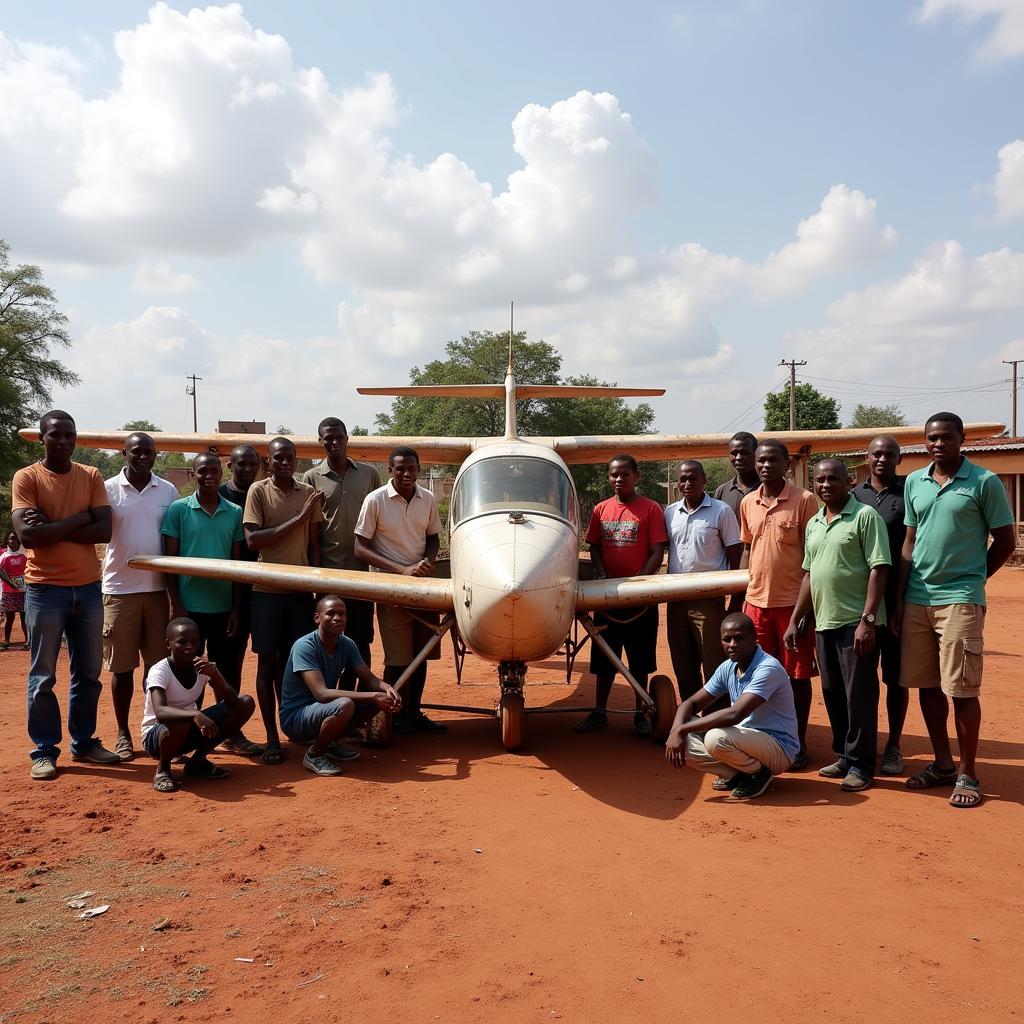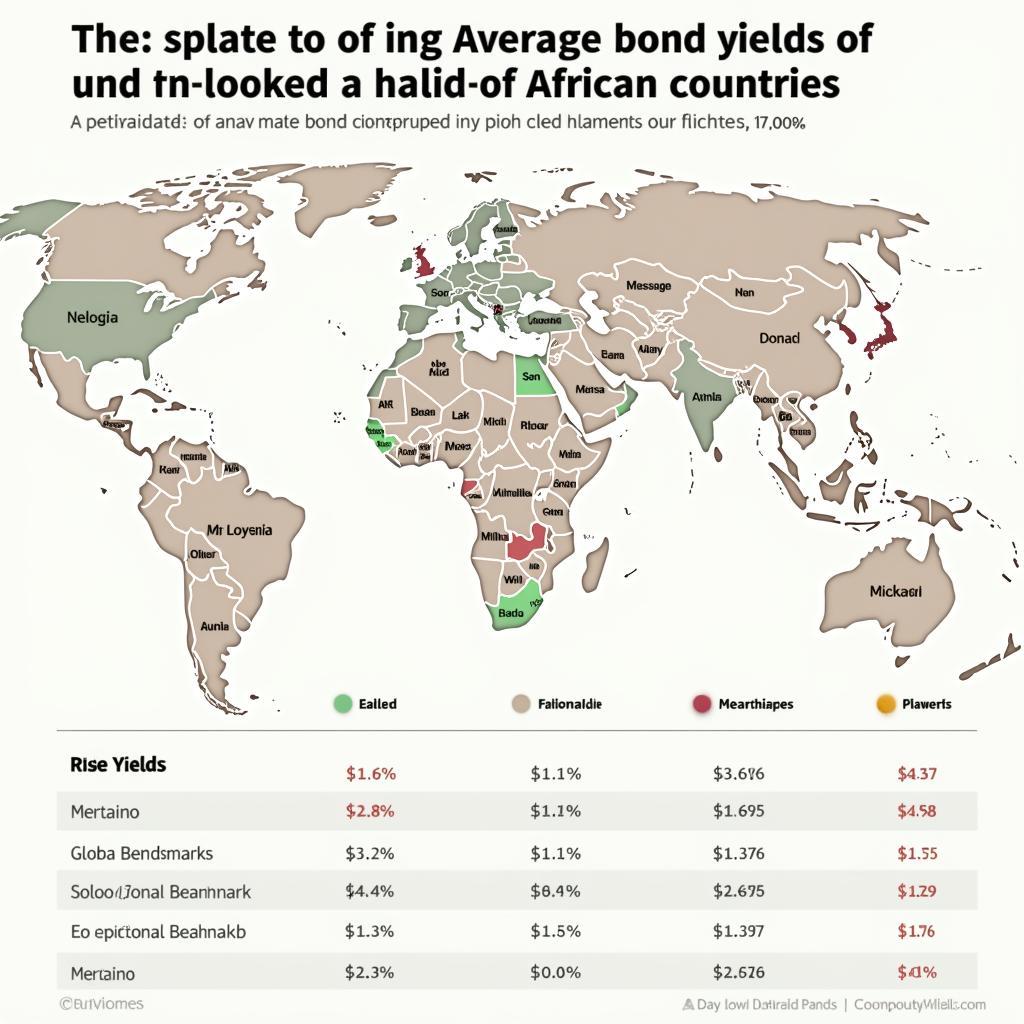The African Elephant Life Cycle Diagram: A Journey Through Generations
The African elephant, a majestic and intelligent creature, is a symbol of strength and resilience. Its life cycle is a captivating journey that spans decades and is intricately linked to the complex ecosystems of Africa. Understanding the various stages of an elephant’s life, from birth to death, allows us to appreciate their ecological importance and the challenges they face in an ever-changing world.
Birth and Early Life: A Time of Dependence
An elephant calf’s journey begins in the womb, where it develops for a gestation period of approximately 22 months. The mother elephant is fiercely protective of her calf, providing constant care and nourishment. Newborn calves are typically around 100 pounds and rely entirely on their mothers for survival. They learn vital skills from their mothers, such as foraging for food, navigating their surroundings, and recognizing threats.
How long does an elephant live?
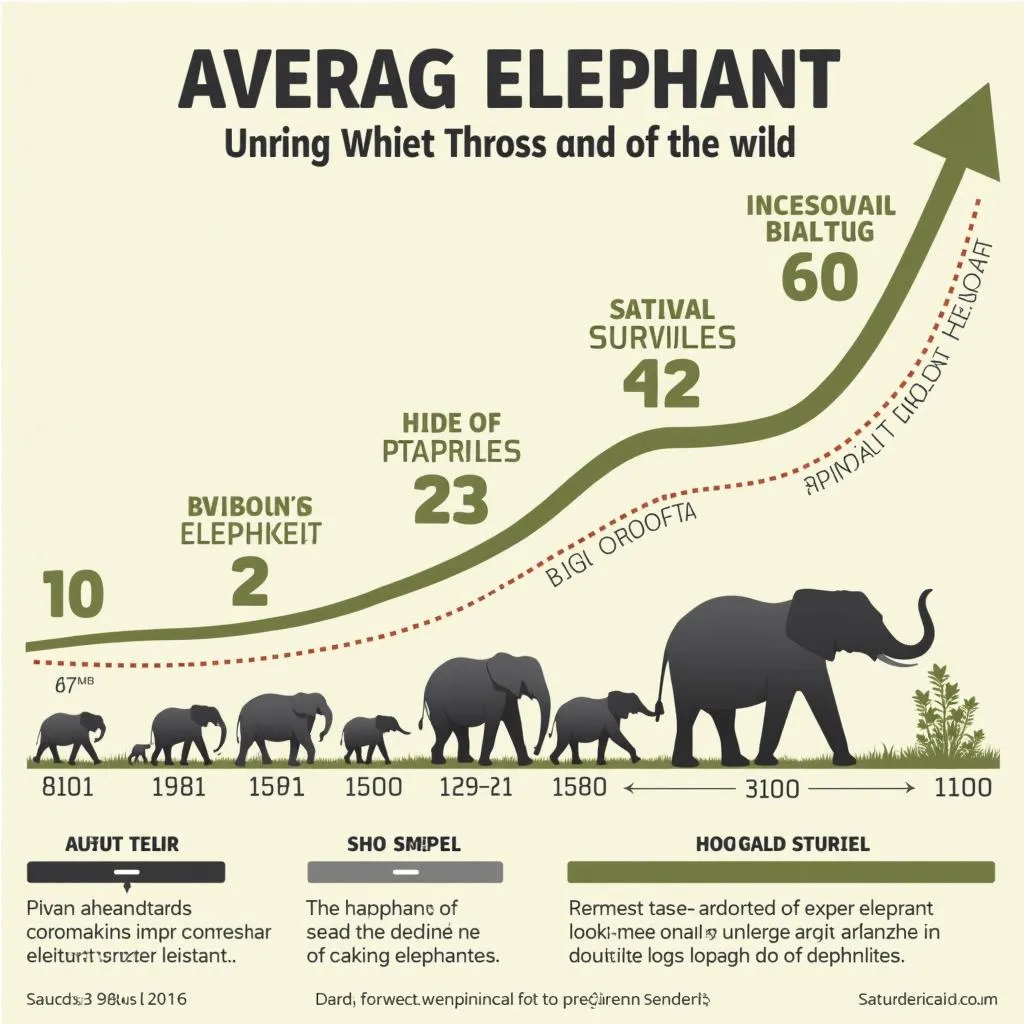 African elephant lifespan chart
African elephant lifespan chart
Adolescence and Maturity: Developing Independence and Social Skills
As calves mature, they gradually develop independence and learn to forage for food and water on their own. During this period, they also begin to engage in social interactions with other elephants, including playful activities and forming strong bonds with their family group. This social structure is crucial for the survival of elephants, as it provides support, protection, and knowledge passed down through generations.
What are the stages of an elephant’s life cycle?
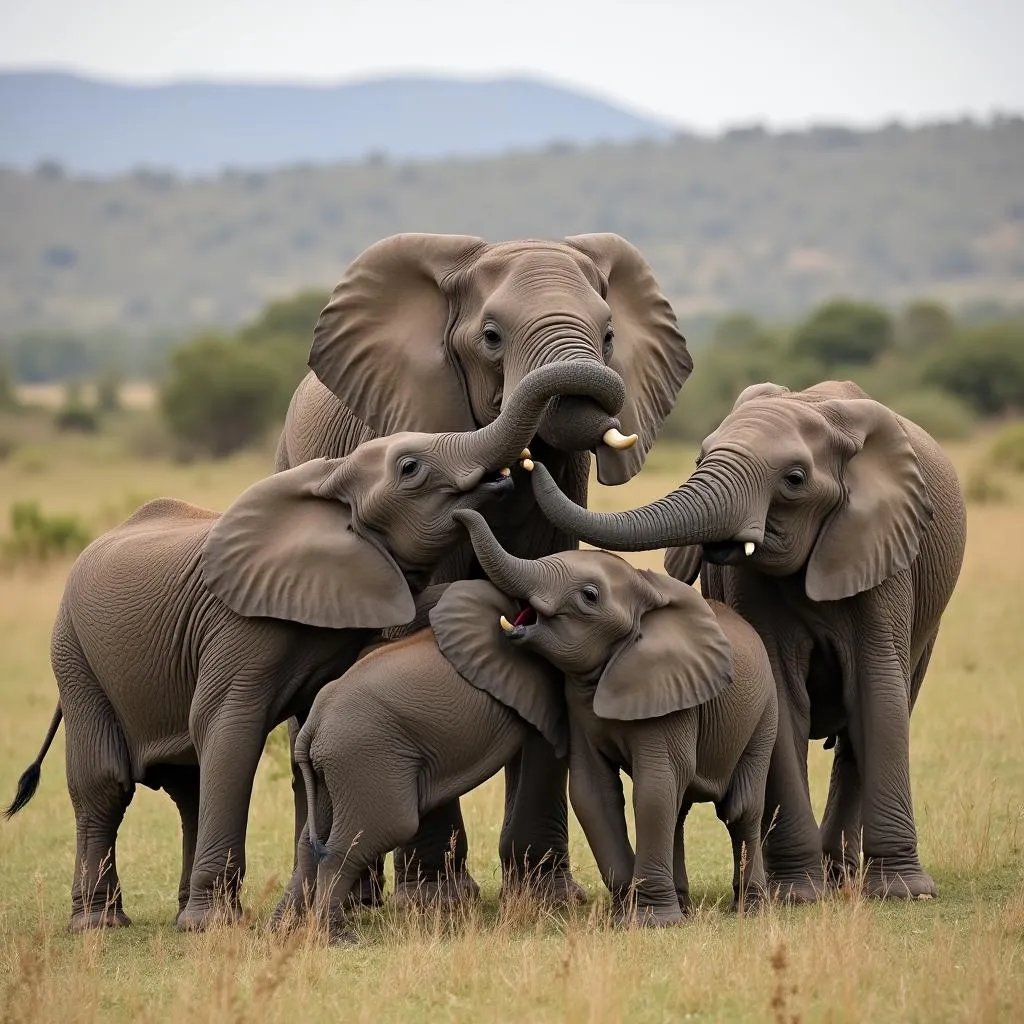 African Elephant social interactions
African Elephant social interactions
Adulthood: Leadership and Reproduction
Once elephants reach maturity, typically between 10 and 15 years old, they take on a significant role in their family group. Adult females are responsible for guiding and protecting younger members. Adult males often wander off to establish their own territories and may compete for dominance with other males. Females reproduce approximately every four years, giving birth to one calf at a time.
What role do elephants play in their ecosystem?
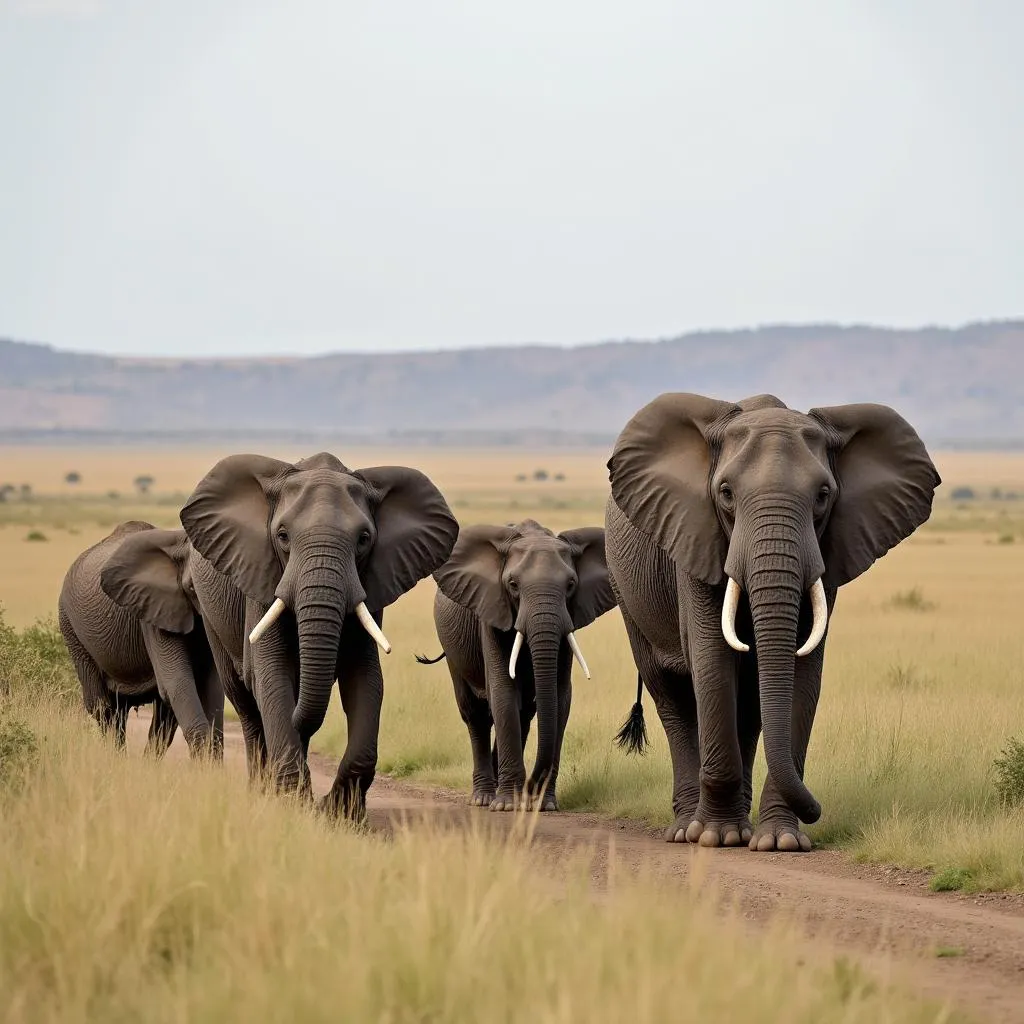 African Elephant herds
African Elephant herds
Old Age: Wisdom and Legacy
As elephants reach their senior years, they are often respected for their wisdom and experience. Their continued presence contributes to the knowledge and social cohesion of the family group. Sadly, due to habitat loss, poaching, and human conflict, many elephants never get to experience these later years.
The Importance of Protecting Elephant Life Cycles
The African elephant life cycle is a complex and fascinating journey that is essential for maintaining the balance of ecosystems throughout Africa. Unfortunately, elephants face numerous threats that jeopardize their survival. Habitat loss, human-wildlife conflict, and poaching are all major concerns that can disrupt elephant life cycles and lead to population decline.
Conservation Efforts: Ensuring a Future for Elephants
Protecting elephants and their life cycles is critical to ensuring the long-term health of Africa’s ecosystems. Various conservation efforts are underway to address these challenges, including habitat protection, anti-poaching initiatives, and community outreach programs.
FAQ
Q: How long do African elephants live?
A: African elephants can live for up to 70 years in the wild.
Q: What is the gestation period for an African elephant?
A: An African elephant’s gestation period is approximately 22 months.
Q: What are some of the threats facing African elephants?
A: African elephants face threats such as habitat loss, human-wildlife conflict, and poaching.
Q: How can I help protect African elephants?
A: You can help protect African elephants by supporting conservation organizations, educating others about the importance of elephant conservation, and reducing your consumption of products that contribute to elephant poaching.
Get Involved
To learn more about African elephant conservation, visit our website or contact us for information on how you can help. Together, we can make a difference for these majestic creatures and ensure a future for generations to come.

